In lithium-ion batteries, the main role of LiBOB is to transport particles and conduct current. To perform these tasks effectively, it requires high solubility and conductivity, good chemical stability, and a wide electrochemical window. The anionic structure of LiBOB molecule has delocalization, which makes it exhibit excellent performance in the electrolyte formed with organic solvent, thus improving the conductivity of electrolyte. In addition, LiBOB has good solubility in organic solvents and meets the requirements of high and low temperature performance of lithium batteries.
Inspection Report
|
Product Name |
(LiBOB) |
Lot Number |
23111501 |
|
Chemical Molecular |
LiC4BO8 |
Test Date |
2023.11.16 |
|
CAS Number |
244761-29-3 |
Weight |
25g |
|
Items |
Specification |
Analysis Results |
Analysis method |
|
appearance
|
White Powde
|
White Powde
|
visual inspection |
|
Pure(%) |
>99.5 |
99.9 |
minusing
|
|
moisture(ppm) |
<100 |
36.8 |
Karl Fischer titration |
|
acidity(ppm) |
<50 |
20.3 |
acid-base titration |
|
DMC(ppm) |
<100 |
52 |
Dissolution Filtration |
|
Na (ppm) |
<5 |
1.04 |
ICP |
|
K (ppm) |
<5 |
0.89 |
ICP |
|
Ca (ppm) |
<5 |
0.76 |
ICP |
|
Fe (ppm) |
<5 |
0.65 |
ICP |
|
Zn (ppm) |
<5 |
0.10 |
ICP |
|
Mg (ppm) |
<5 |
0.12 |
ICP |
|
Cr (ppm) |
<5 |
0.09 |
ICP |
|
Pb (ppm) |
W5 |
ND |
ICP |
|
Cu (ppm) |
(5 |
0.65 |
ICP |
|
Cd (ppm) |
W5 |
ND |
ICP |
|
Ni (ppm) |
<5 |
0.52 |
ICP |
|
Cr (ppm) |
W5 |
ND |
ICP |
|
Al (ppm) |
W5 |
0.09 |
ICP |











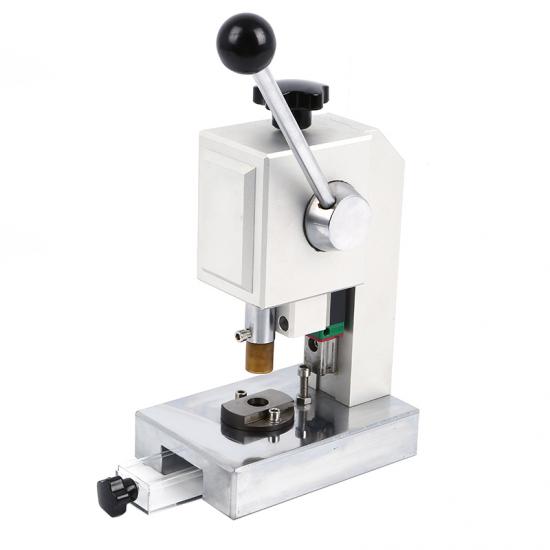
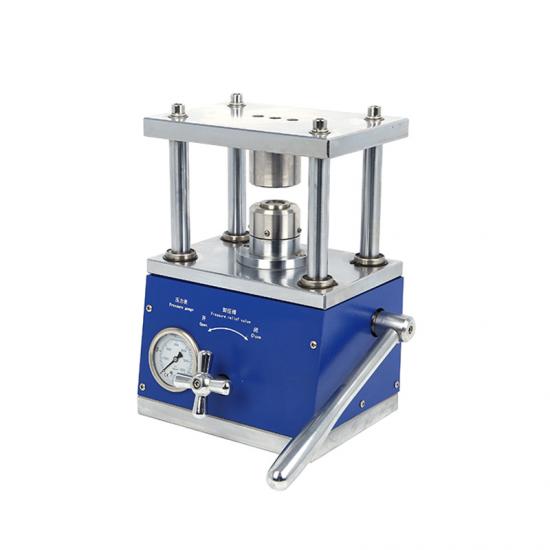
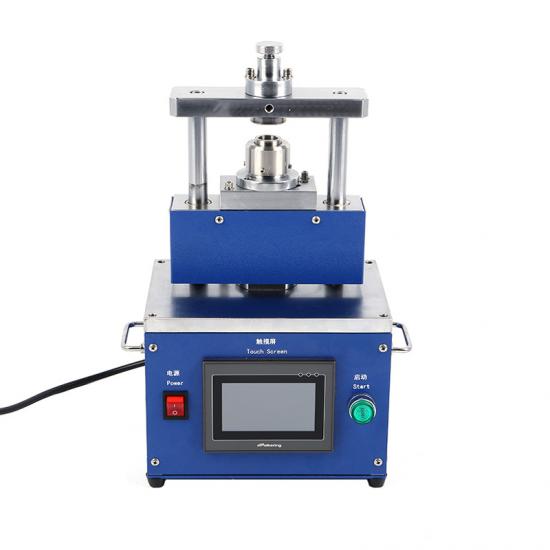
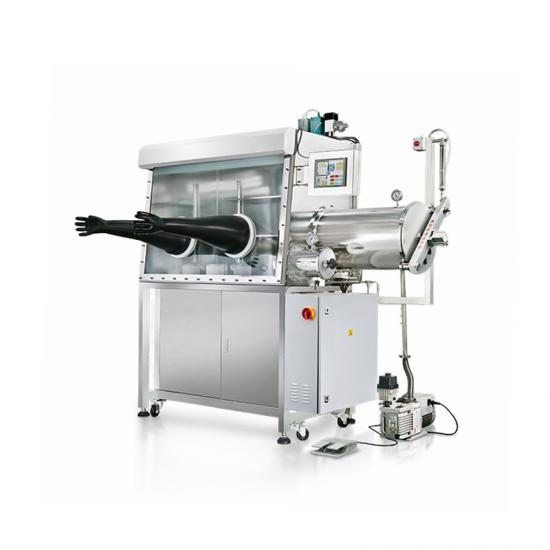

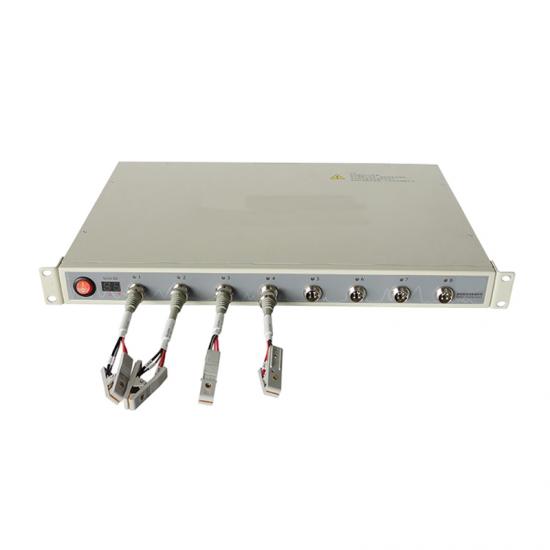
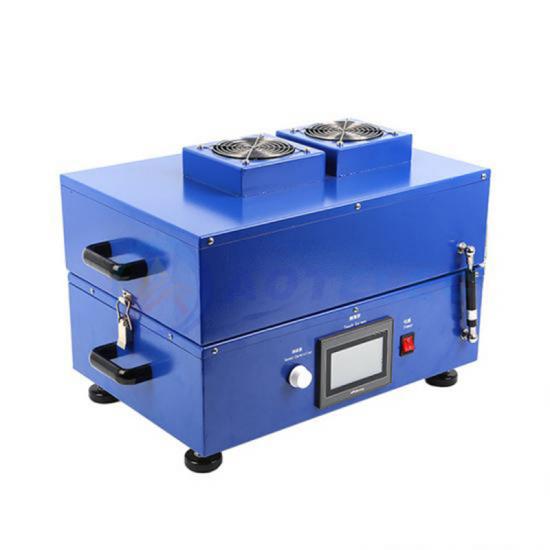
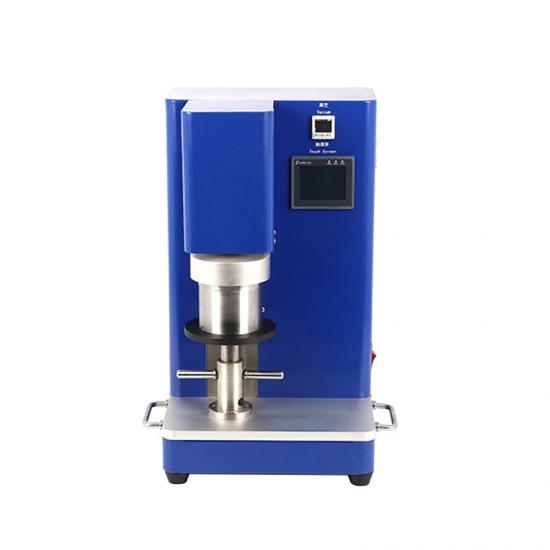






































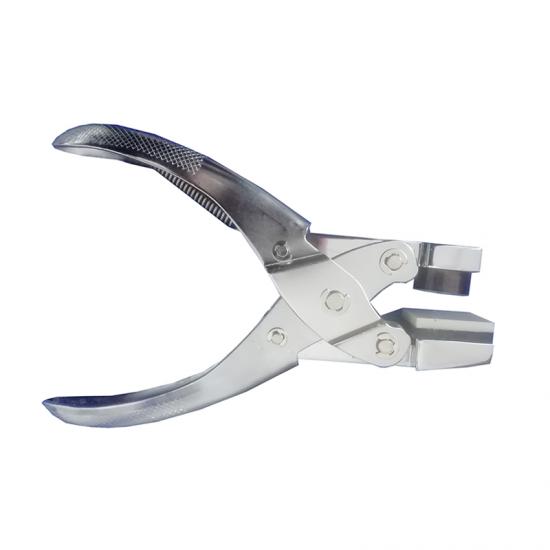



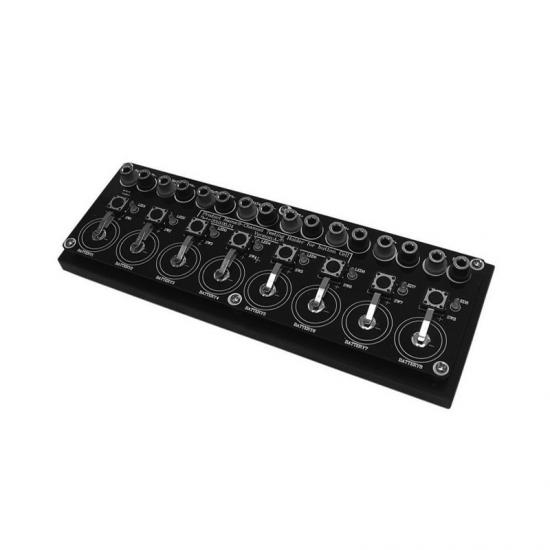













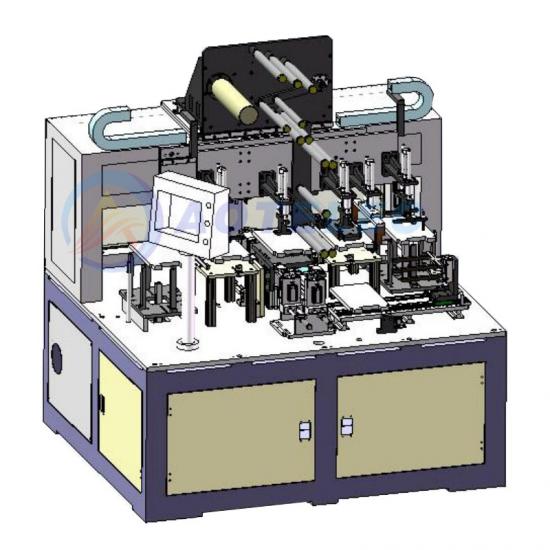



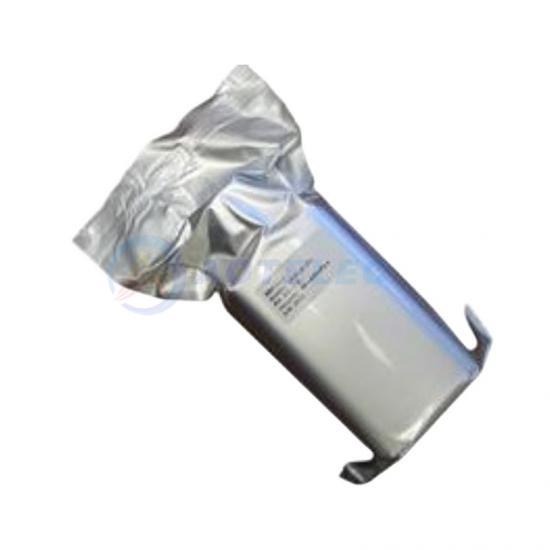
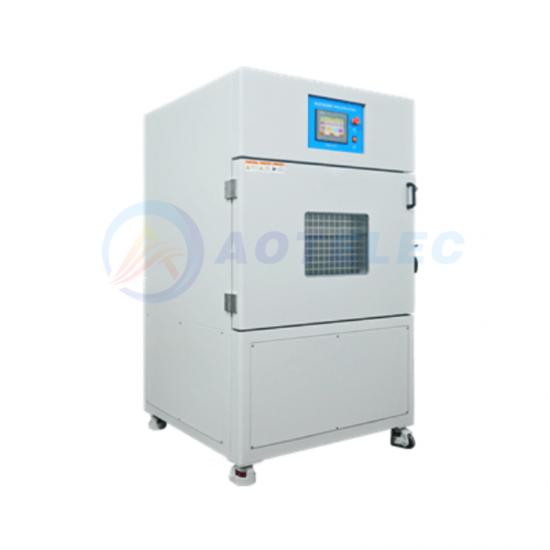





























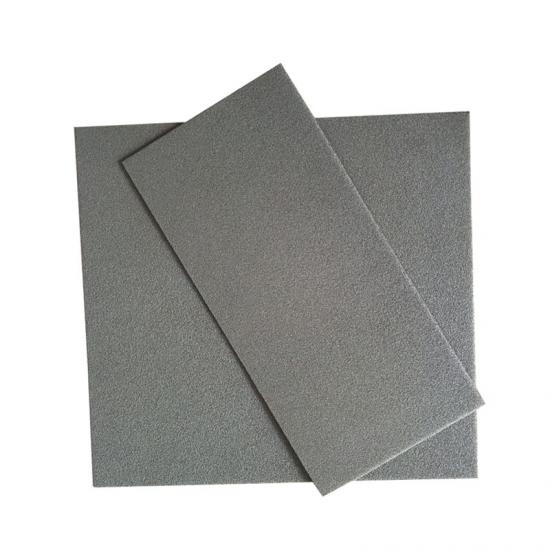





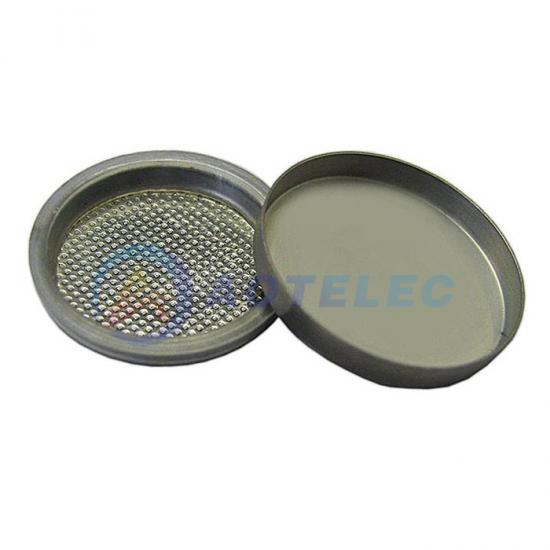




























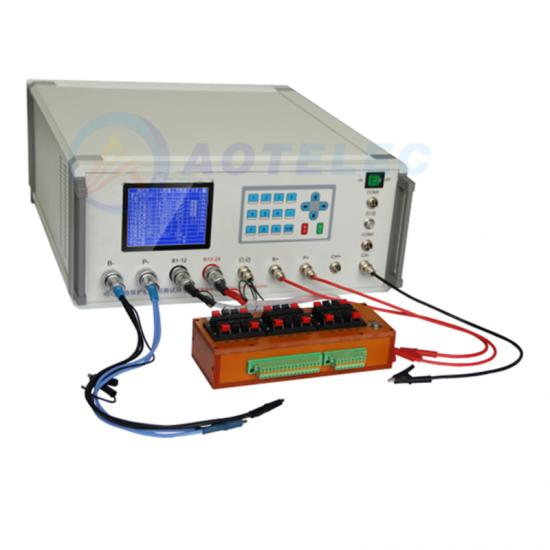


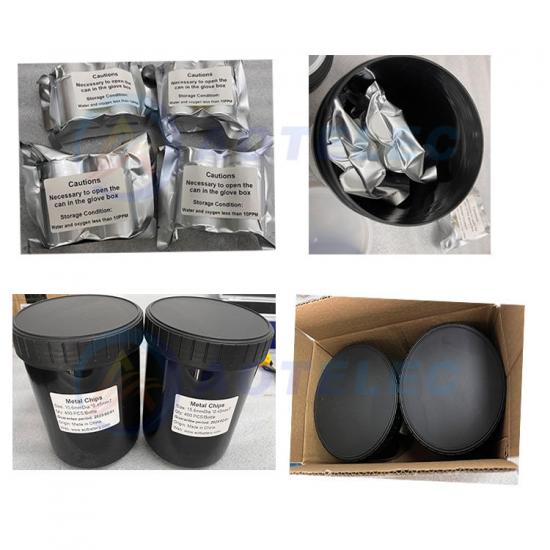



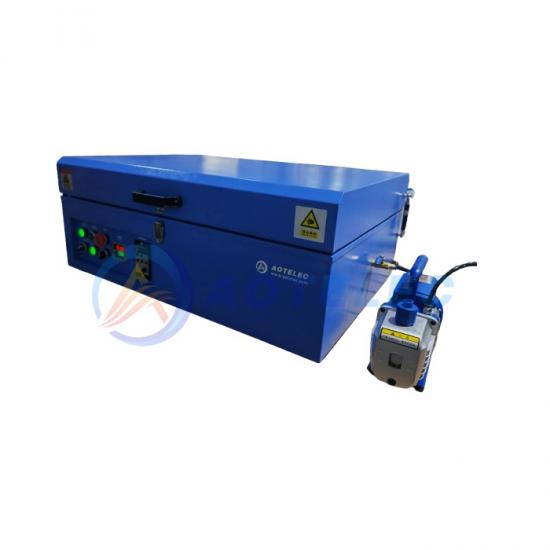





















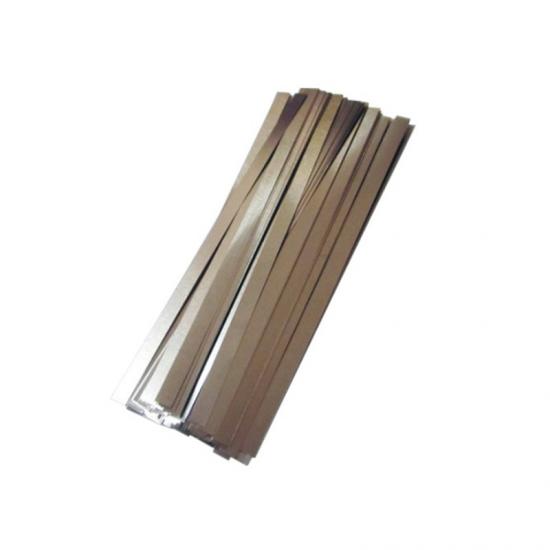


![Mg[B(HFIP)4]2](/uploadfile/202401/09/15f1a3930e925703c1b1aaa1833dc2cb_medium.jpg)
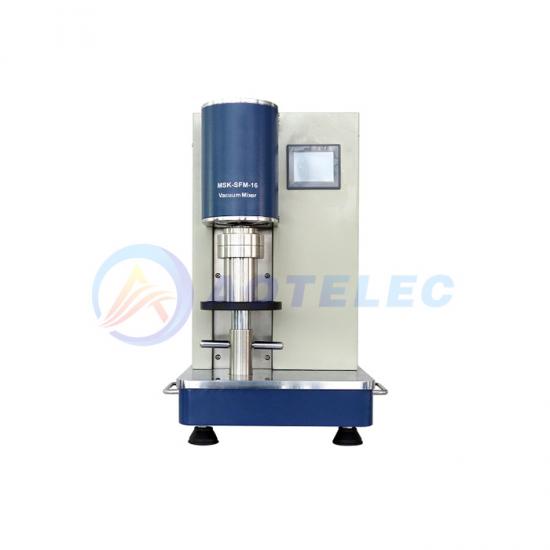





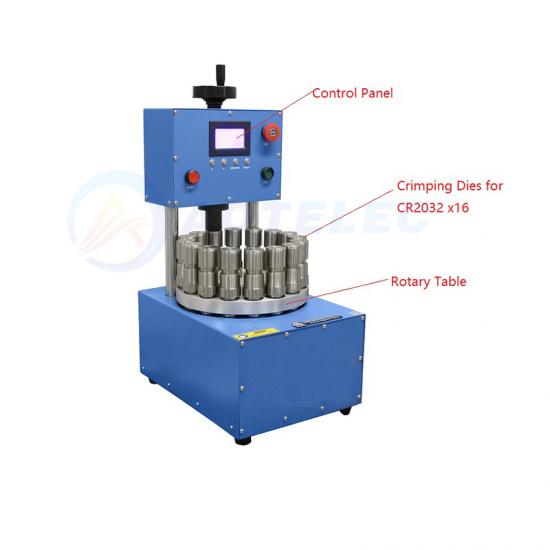



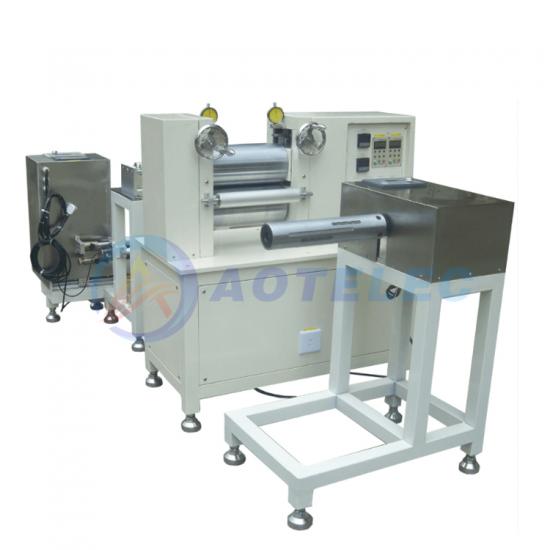
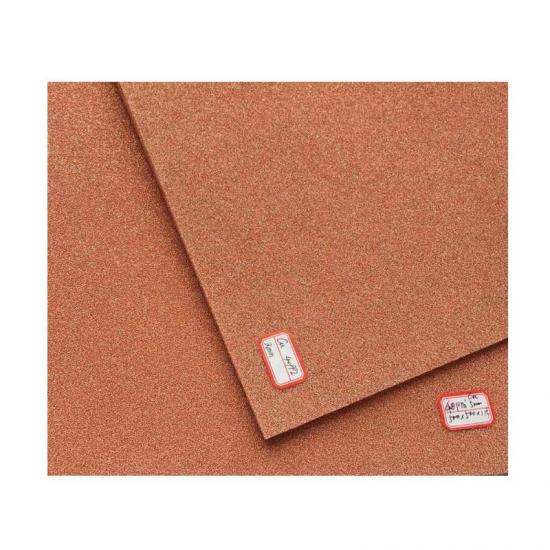









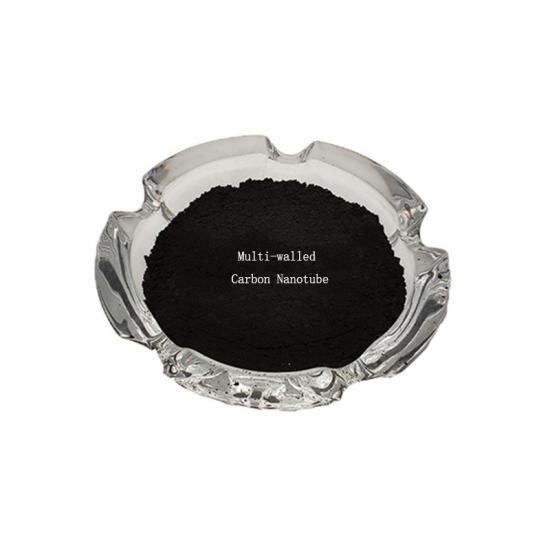








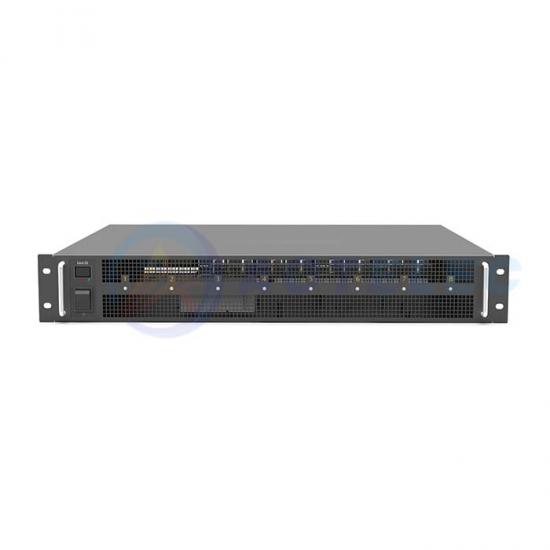








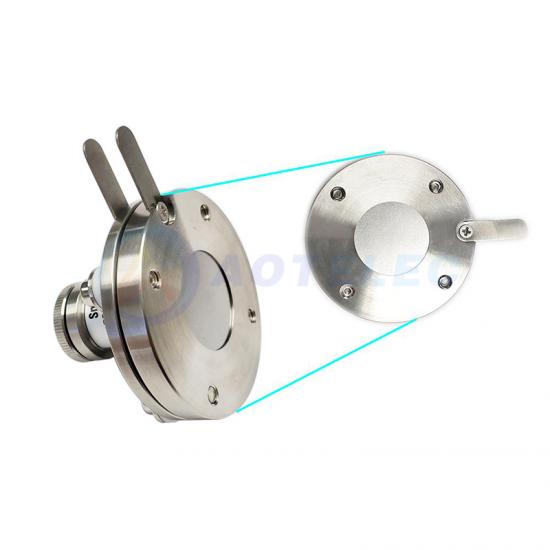












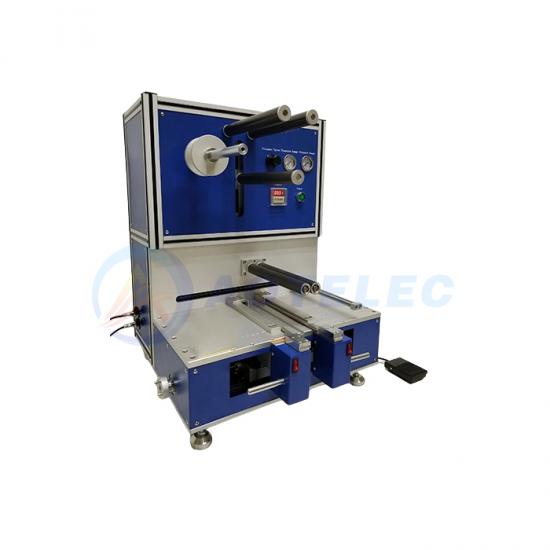
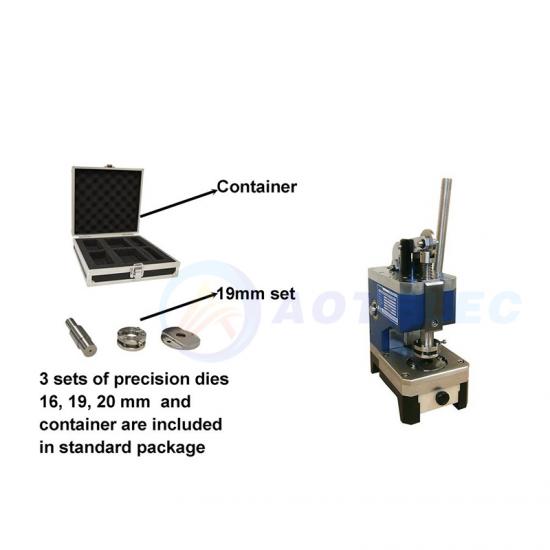
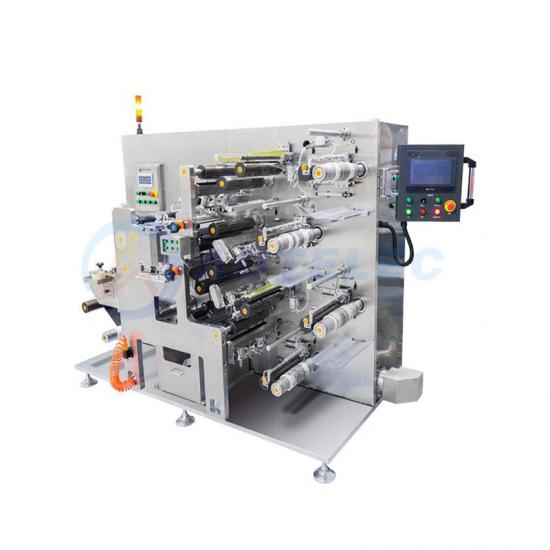







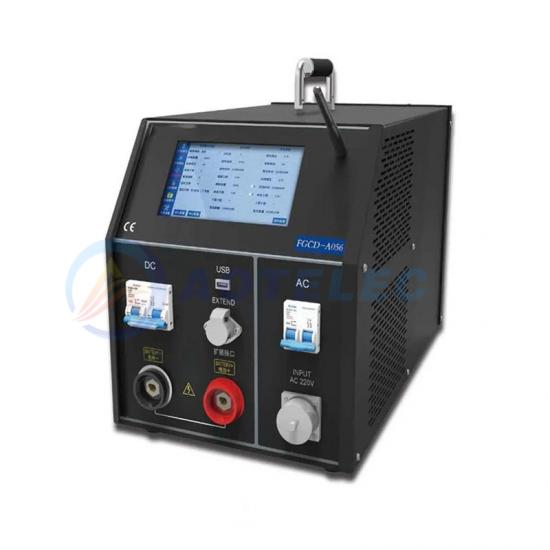




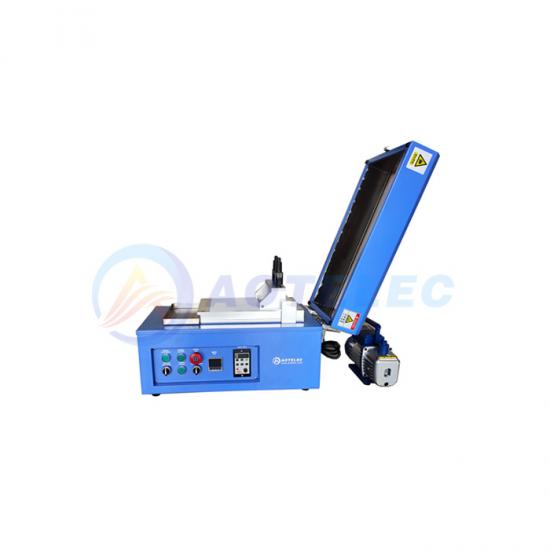











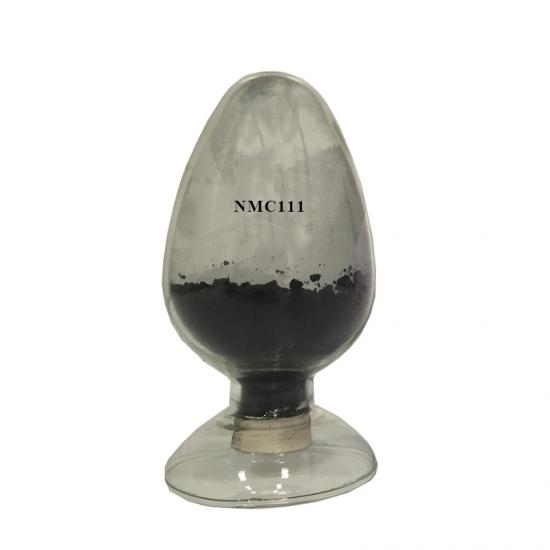




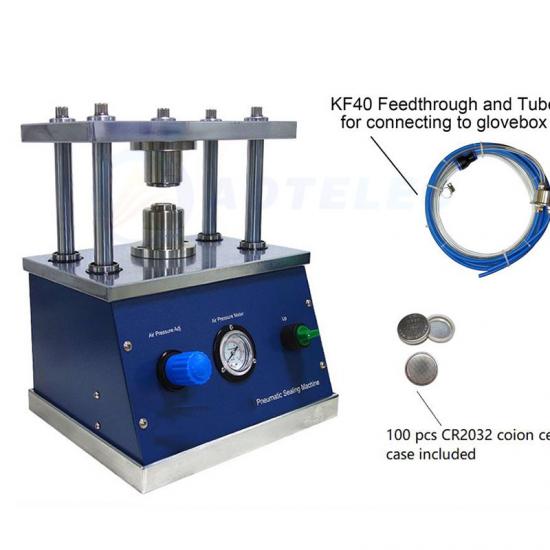





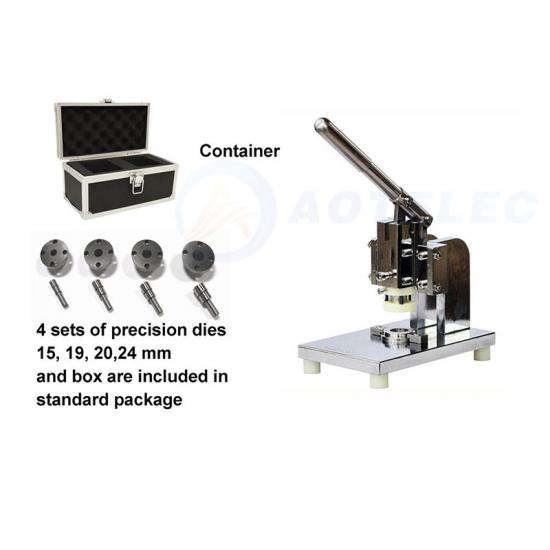











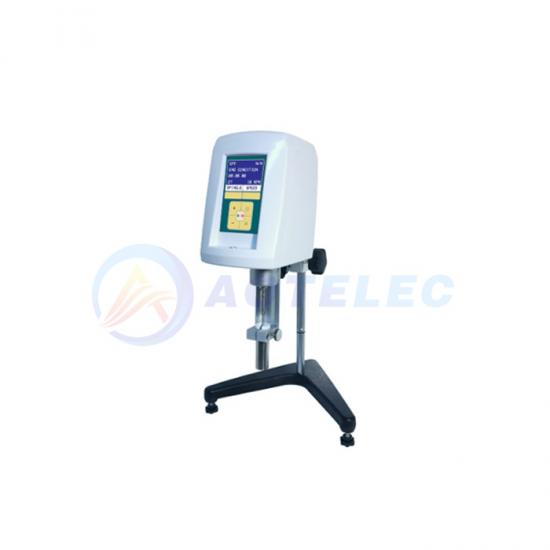










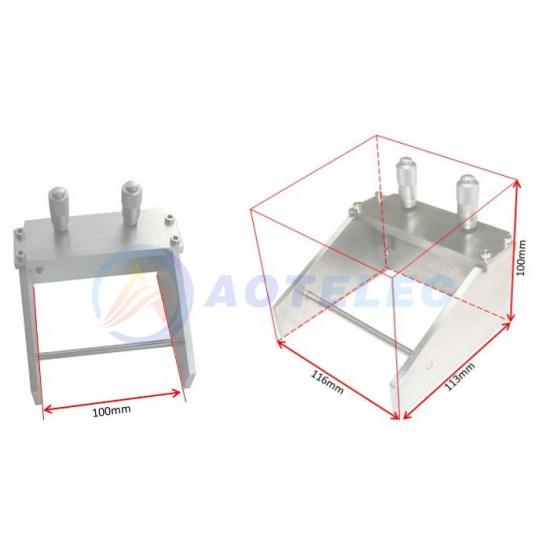

























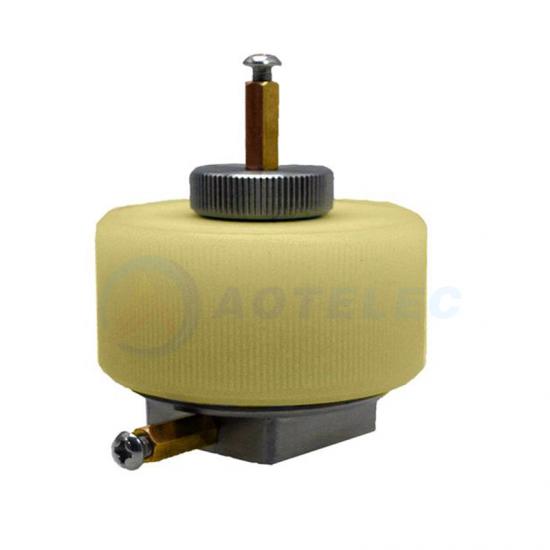
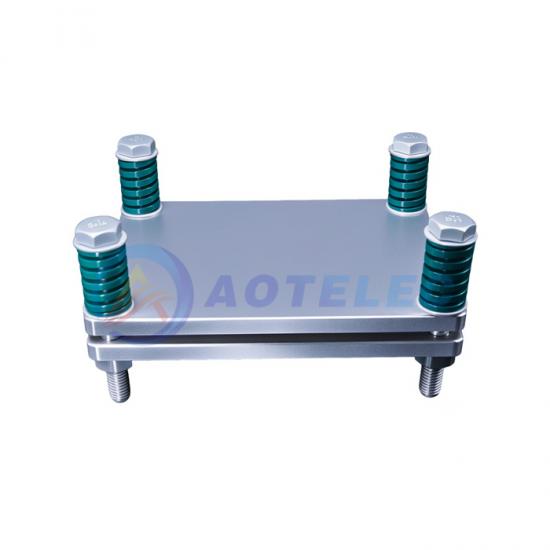

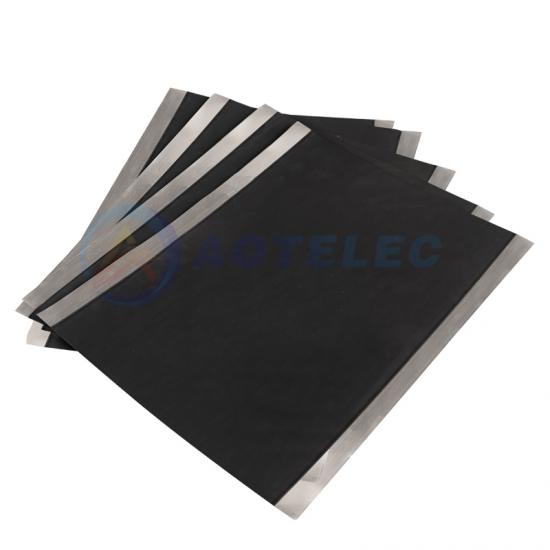
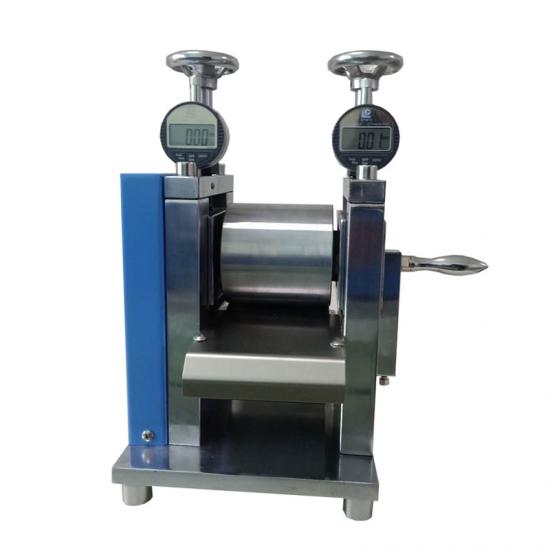
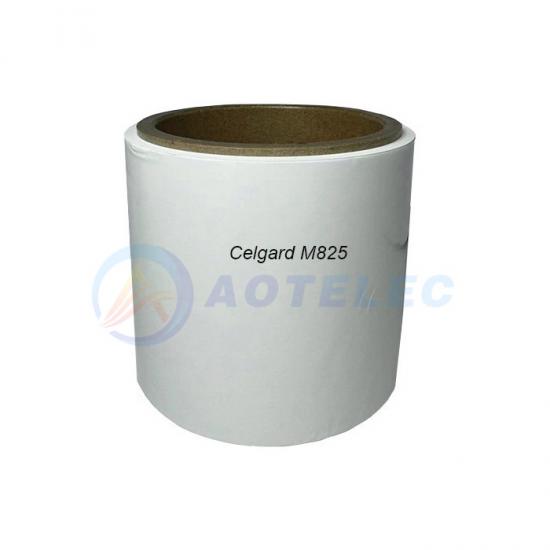





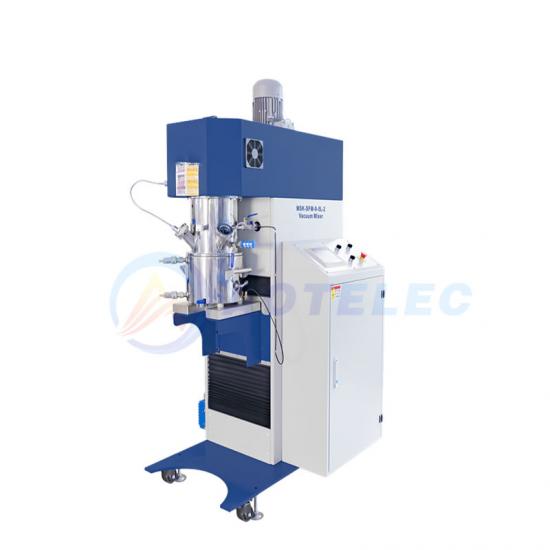


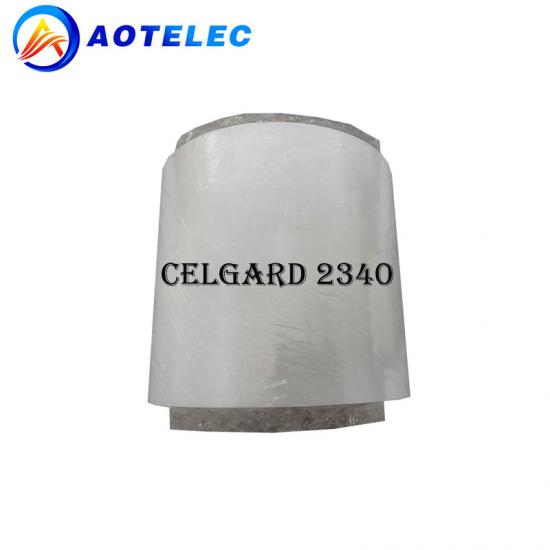
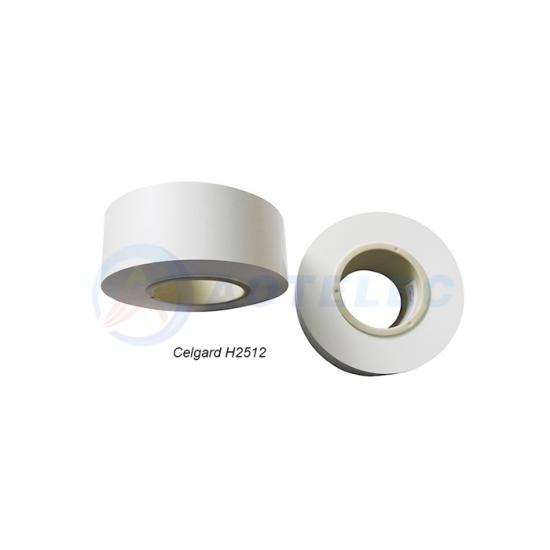












 IPv6 network supported
IPv6 network supported
